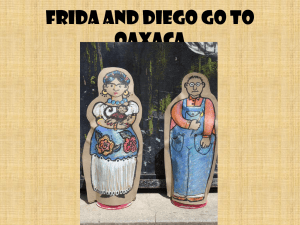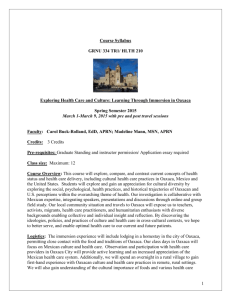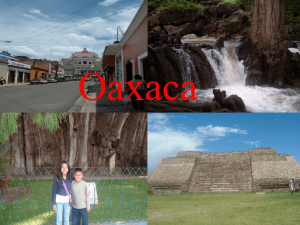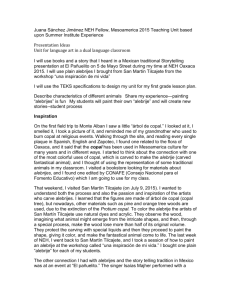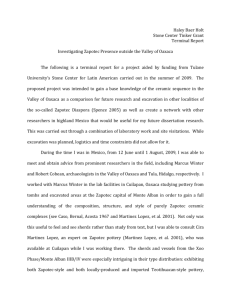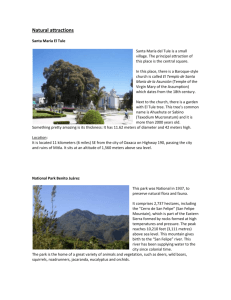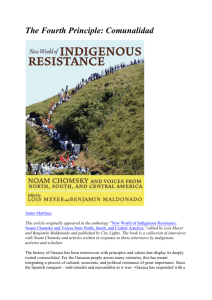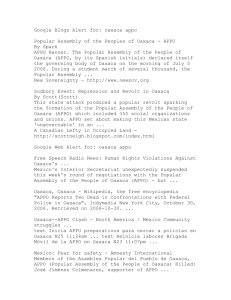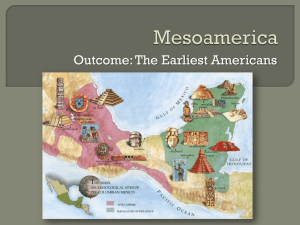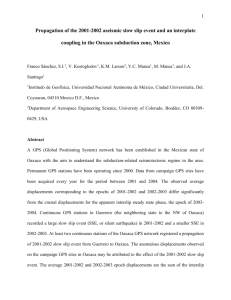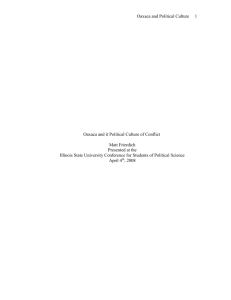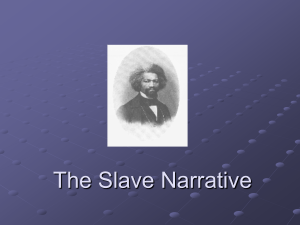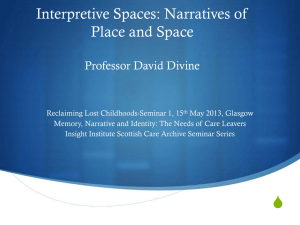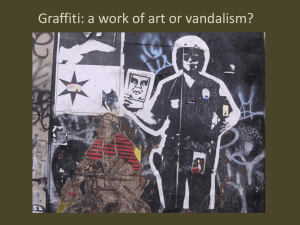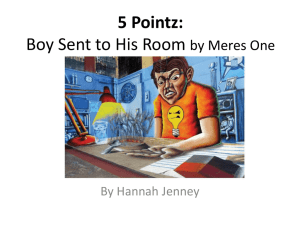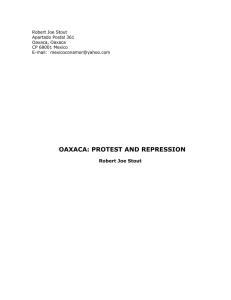Lesson Overview
advertisement
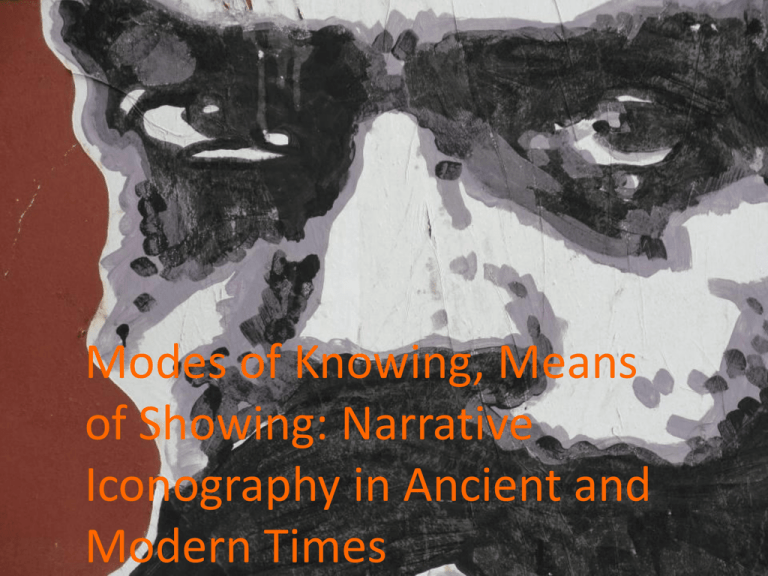
Modes of Knowing, Means of Showing: Narrative Iconography in Ancient and Modern Times Lesson/Unit Goal: Help students explore, comprehend, and demonstrate how visual/graphic/iconographic information not only forms, informs, and surrounds them today --- definitely more than any other medium of communication --- but also how crucial visual narratives were to the formation and transformation of the Mixtec and Mexica civilizations before, throughout, and following the invasion of the Spanish imperial (military and religious) forces. Essential Questions: *Who had/has the power to generate, control, manage visual/iconographic modes of expression and communication? *What are the functional, aesthetic differences between the more “personal” (local, limited-range) modes/methods of visual expression and the more “social” (official, farther-reaching) modes of visual expression? How can we differentiate them? *How do personal/local/primary-source visual narratives gain “official” or “historical” status? *Who decides which primary-source/personal narratives endure over time, and which to discard, destroy, or dishonor? Types of visual/iconographic communication (herein): Mixtec, Mexica civilizations’ codices (pre/post Spanish invasion); religious/Roman Catholic paintings; graffiti (”tags,””throw-ups,””pieces”); street art (“paste-ups,” paper stickers, stencils); advertising icons. Commonality: all were/are generated to form, communicate, reinforce (mostly) non-alphabetic ideas/messages/narratives to mass (limited?) public audience in accessible, common (illegal?) spaces. Historical/Theoretical Foundation:“In the beginning colonialism was a product of a systemic repression [that] fell, above all, over the modes of knowing, of producing knowledge, of producing perspectives, images and systems of images, symbols, [and] modes of signification […]. It was followed by the imposition of the use of the rulers’ own patterns of expression, and of their beliefs and images with reference to the supernatural. >>> “These beliefs and images served not only to impede the cultural production of the dominated, but also as a very efficient means of social and cultural control, when the immediate [physical, tangible, military-based] repression ceased to be constant and systematic.” --- AníbalQuijano, Coloniality and Modernity/Rationality ***How did external/physical/military methods of domination become internal/psychological/spiritual methods of control and repression after the early phases of the Spanish invasion? Mixtec wall paintings at Mitla Mixtec codex detail of human exchange/dialogue?, Biblioteca de Santo Domingo Mixtec codex detail of ruler hierarchy/royal lineage?, Biblioteca de Santo Domingo Mixtec geographic codex detail, Biblioteca de Santo Domingo Colonial-era Roman Catholic evangelization image, S. Miguel Tequixtepec Colonial-era hummingbird image, Ex-Convento friar/nun cell wall, S. Miguel Tequixtepec Graffiti de Oaxaca * julio 2010 * (”throw-up”/”piece”) Graffiti de Oaxaca (”tag”/”throw-up”) Graffiti de Oaxaca (“tag”/”piece”) Graffiti/street art de Oaxaca (”tag”/stencil hybrid) Graffiti/street art de Oaxaca (stencil detail) Street art de Oaxaca (stencil) Street art de Oaxaca (stencil) Street art de Oaxaca (stencil) Street art de Oaxaca (stencil with slogan) Street art de Oaxaca (stencil) Street art de Oaxaca (stencil) Street art de Oaxaca (“paste-up”/paper sticker) Street art de Oaxaca (“paste-ups”) Street art de Oaxaca (“paste-up” and stencil) Street art de Oaxaca (“paste-up”) Street art de Oaxaca (“tag”/“paste-up”/”piece”) Publicidad visual/iconografica de Oaxaca Publicidad visual/iconografica de Oaxaca Publicidad visual/iconografica de Oaxaca Publicidad visual/iconografica de Oaxaca Publicidad visual/iconografica de Oaxaca Lesson/Unit Extension, Expansion *Presentation, exploration of 3D iconographic media (architecture, basketry, jewelry, masks, metalwork, sand mandalas, sculpture, totems, Mayan glyphic stelae) *Pres./explor. of 2D regional iconographic media: slave quilts (US), textiles; thankas, ink mandalas (Tibet); hieroglyphics; still photos (prof. &amat.). *Individual, paired, grouped students create visual/symbolic/iconographic narratives --- w/ &w/out alphabetic text --- to depict primary-source narratives of personal, local, US, continental, & world history transformations and transitions.
